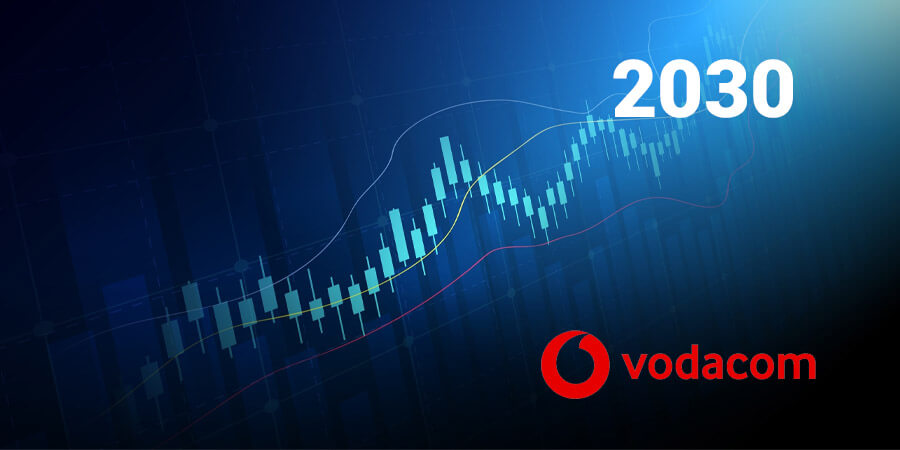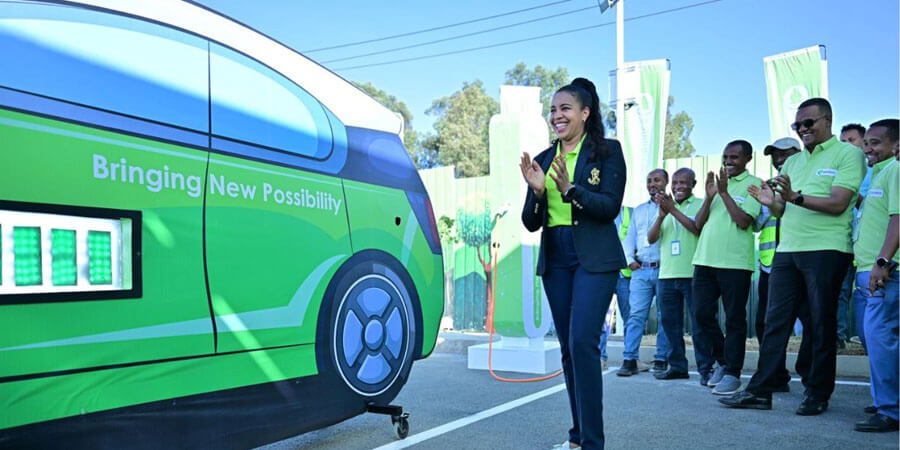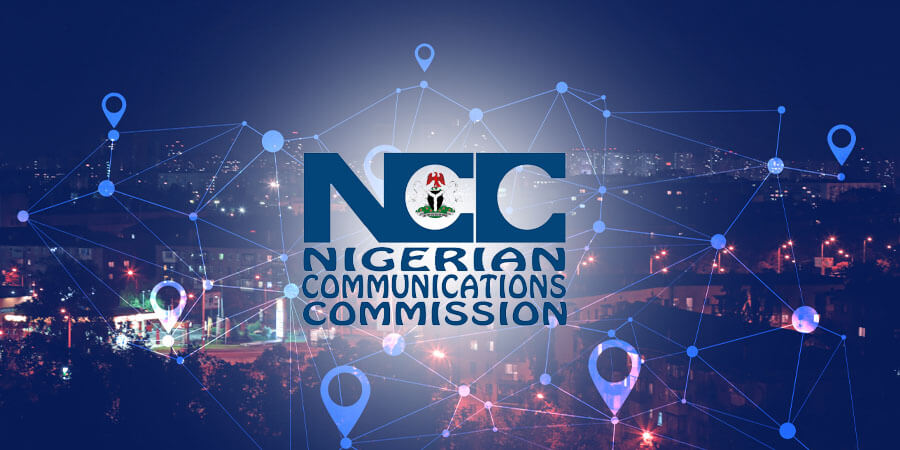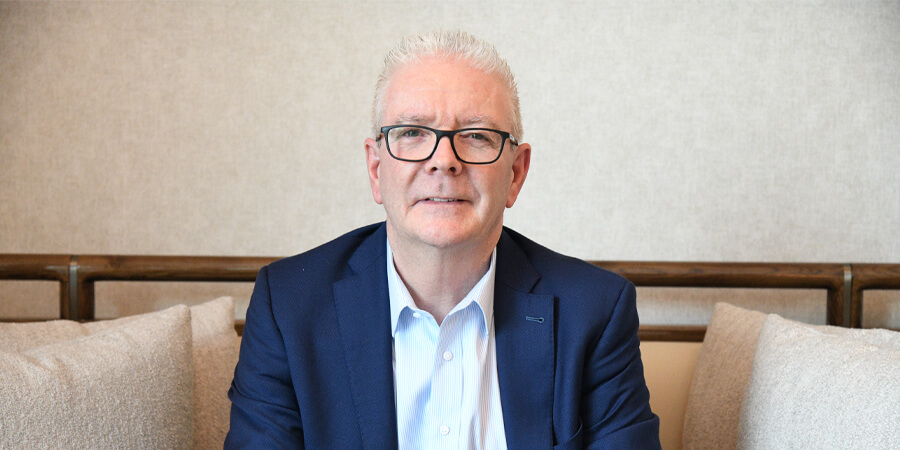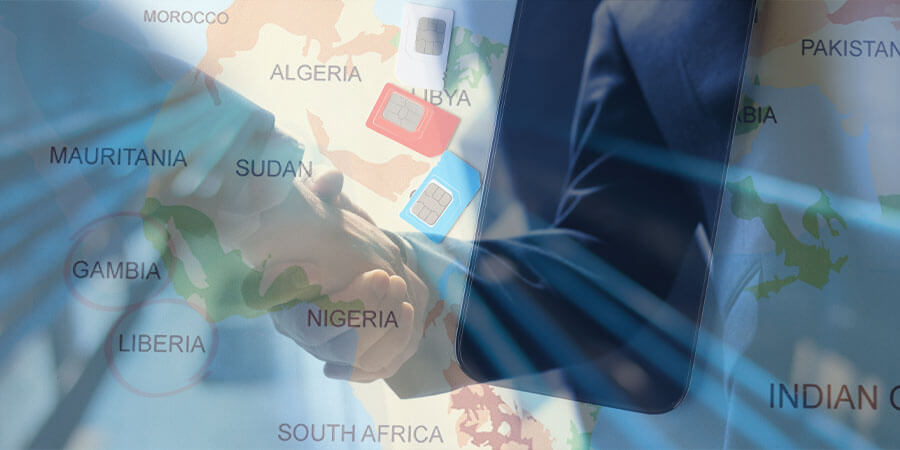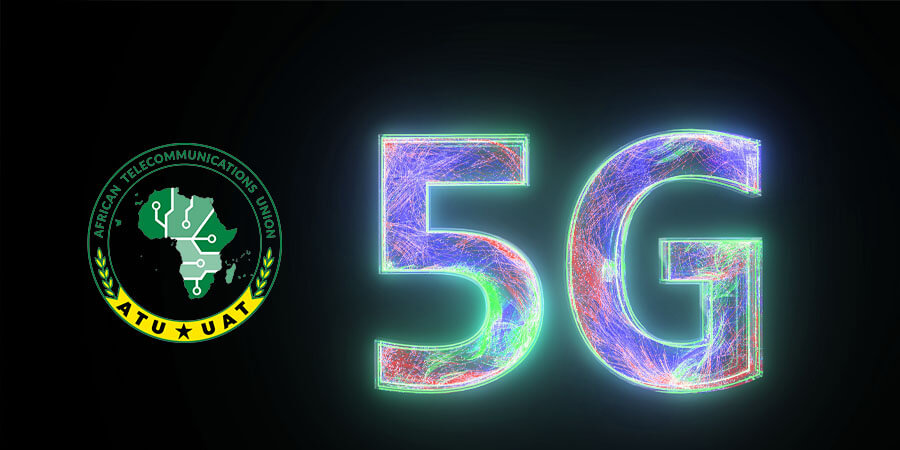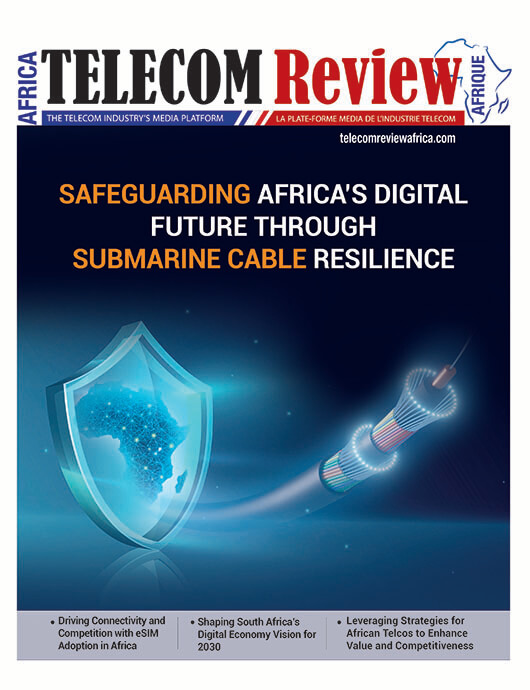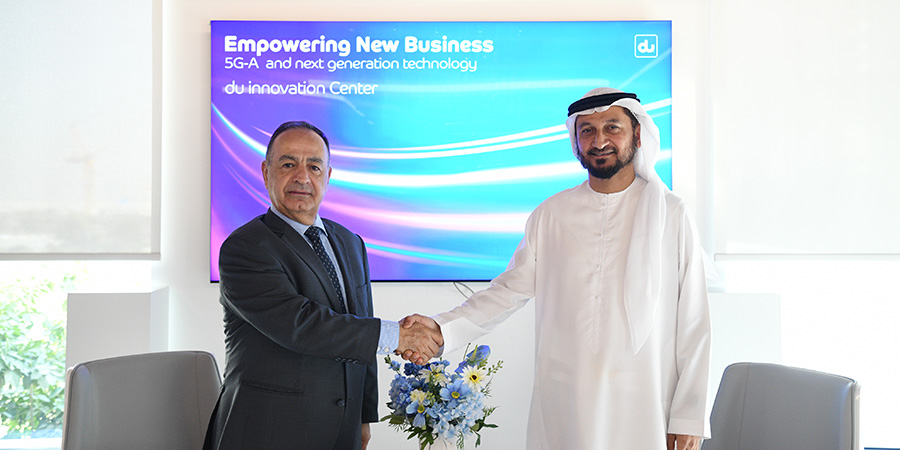The National Fiber Optic Cable Backbone Infrastructure project is significantly enhancing digital connectivity across Kenya’s western region. To date, 278 institutions have been connected, with plans to link an additional 377 sites by 2025.
Bungoma County has 83 institutions currently benefitting from improved connectivity. The project aims to add 116 more sites next year, further advancing the county’s digital accessibility.
Busia County has also experienced notable progress, with 50 institutions connected to the network. By 2025, 81 additional sites are expected to join, strengthening the region’s digital infrastructure.
In Vihiga County, 54 institutions have been linked to the Fiber Optic network. Plans are in place to connect another 52 sites in 2025, ensuring broader access to essential digital services.
Kakamega County is leading the way in the region, with 91 institutions currently connected. By next year, the project aims to expand this coverage to 128 additional sites, setting a benchmark for digital connectivity in the area.
Related: New Fiber Optic Backbone to Connect 12 Million in Nigeria





